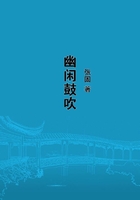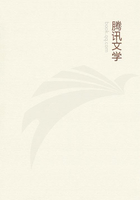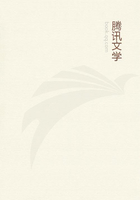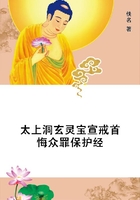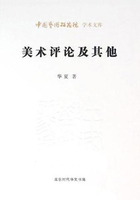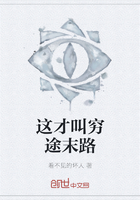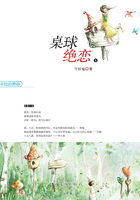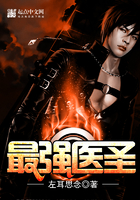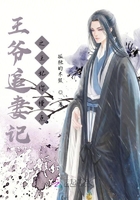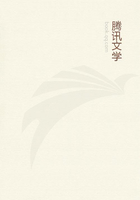Rupture of the heart from contusion of the chest is not always instantly fatal. According to Ashhurst, Gamgee has collected 28cases of rupture of this viscus, including one observed by himself. In nine of these cases there was no fracture, and either no bruise of the parietes or a very slight one. The pericardium was intact in at least half of the cases, and in 22 in which the precise seat of lesion was noticed the right ventricle was ruptured in eight, the left in three, the left auricle in seven, the right in four. The longest period during which any patient survived the injury was fourteen hours.
Among the older writers who note this traumatic injury are Fine, who mentions concussion rupturing the right ventricle, and Ludwig, who reports a similar accident. Johnson mentions rupture of the left ventricle in a paroxysm of epilepsy. There is another species of rupture of the heart which is not traumatic, in which the rupture occurs spontaneously, the predisposing cause being fatty degeneration, dilatation, or some other pathologic process in the cardiac substance. It is quite possible that the older instances of what was known as "broken-heart," which is still a by-word, were really cases in which violent emotion had produced rupture of a degenerated cardiac wall. Wright gives a case of spontaneous rupture of the heart in which death did not occur for forty-eight hours. Barth has collected 24 cases of spontaneous rupture of the heart, and in every instance the seat of lesion was in the left ventricle. It was noticed that in some of these cases the rupture did not take place all at once, but by repeated minor lacerations, death not ensuing in some instances for from two to eleven days after the first manifestation of serious symptoms. A more recent analysis is given by Meyer of cases reported since 1870: Meyer collects 25 cases of rupture of the left ventricle seven of the right ventricle, and four of the right auricle. Within the last year Collings has reported a case of idiopathic rupture of the heart in a man of fifty-three, who had always lived a temperate life, and whose only trouble had been dyspepsia and a weak heart. There was no history of rheumatism or rheumatic fever. The man's father had died suddenly of heart disease. After feeling out of sorts for a time, the man experienced severe pain in the precordium and felt too ill to leave his bed. He gradually became worse and sick after taking food. Speech became thick, the mouth was drawn to the right, and the right eye was partially closed. The left arm became paralyzed, then the right leg. The tongue deviated to the right on protrusion. The sphincters were unaffected. The heart sounds were faint and without added sounds. The man was moved to a water-bed, his body and head being kept horizontal, and great care being taken to avoid sudden movement. Later, when his pelvis was raised to allow the introduction of a bed-pan, almost instantaneous death ensued. Upon postmortem examination prolonged and careful search failed to reveal any microscopic change in the brain, its vessels, or the meninges. On opening the pericardium it was found to be filled with blood-clot, and on washing this away a laceration about 1 1/2 inches in length was found in the left ventricle; the aperture was closed by a recent clot. The cavities of the heart were dilated, the walls thin and in advanced stage of fatty degeneration. There was no valvular disease. The aorta and its main branches were atheromatous. Both lungs contained calcifying tubercle; the abdomen was loaded with fat; the spleen was soft; the kidneys were engorged, but otherwise healthy.
Stokes gives the case of a man who was severely crushed between the arms of a water-wheel of great size and the embankment on which the axle of the wheel was supported; a peculiar factor of the injury being that his heart was displaced from left to right.
At the time of report, after recovery from the injury, the patient exhibited remarkable tolerance of great doses of digitalis. When not taking digitalis, his pulse was 100 to 120, regular, and never intermittent.
Hypertrophy of the Heart.--The heart of a man of ordinary size weighs nine ounces, and that of a woman eight; in cases of hypertrophy, these weights may be doubled, although weights above 25 ounces are rare. According to Osler, Beverly Robinson describes a heart weighing 53 ounces, and Dulles has reported one weighing 48 ounces. Among other modern records are the following:
Fifty and one-half ounces, 57 ounces, and one weighing four pounds and six ounces. The Ephemerides contains an incredible account of a heart that weighed 14 pounds. Favell describes a heart that only weighed 3 1/2 ounces.
Wounds of the aorta are almost invariably fatal, although cases are recorded by Pelletan, Heil, Legouest, and others, in which patients survived such wounds for from two months to several years. Green mentions a case of stab-wound in the suprasternal fossa. The patient died one month after of another cause, and at the postmortem examination the aorta was shown to have been opened; the wound in its walls was covered with a spheric, indurated coagulum. No attempt at union had been made.
Zillner observed a penetrating wound of the aorta after which the patient lived sixteen days, finally dying of pericarditis.
Zillner attributed this circumstance to the small size of the wound, atheroma and degeneration of the aorta and slight retraction of the inner coat, together with a possible plugging of the pericardial opening. In 1880 Chiari said that while dissecting the body of a man who died of phthisis, he found a false aneurysm of the ascending aorta with a transverse rupture of the vessel by the side of it, which had completely cicatrized.

